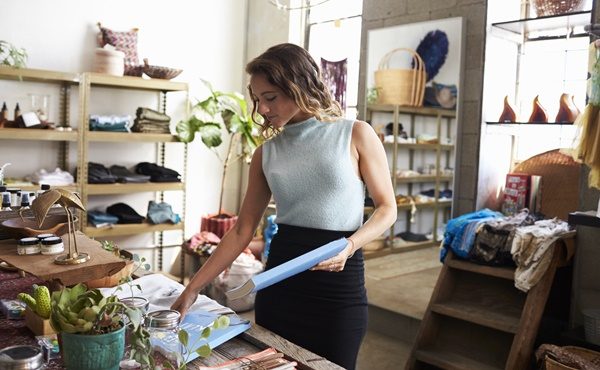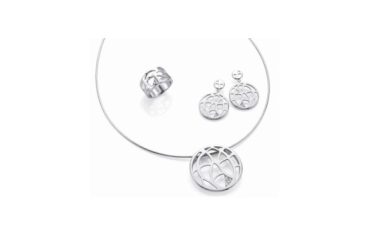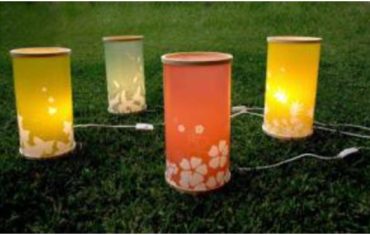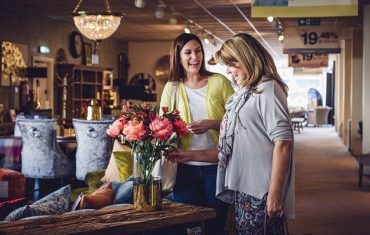Instead of descending into negative thinking about how the rapidly changing retail market is bad for your business, Tom Mirable says these changes actually provide tremendous opportunities for the homewares industry.
According to the consumer trend forecaster for the International Housewares Association and senior vice president of global trend and design for Lifetime Brands, the key to success lies in embracing, not fearing, change.
“We’re in the middle of a retail renaissance and yet we are often so preoccupied with simply coping that we can’t see the dramatic positive changes that are unfolding around us,” he explains.
Mirable adds that there are now new ways of engaging different demographics. Most of them involve social media and so where you place yourself and your business within social media is critical.
Life patterns and what is important to people have also changed drastically, for example the mindful, healthy living movement, which goes hand-in-hand with the massive cooking phenomenon and food focus. These opportunities open layers of potential product-selling from home gardening and cookware to smart products and ways to create less waste, says Mirable.

“Millennials want constant reinvention and innovation. Now we talk to ‘tribes’― the foodie, the coffee snob, the wine and beer lover, etc. Tribes are groups of people to sell to, and today more than ever people are buying experiences. They want shareable experiences.”
However, despite all these changes, he says there are still certain constants in people’s lives.
“People buy things to solve a problem or to enrich their lives in some way. These days, people want to take the mundane out of tasks and they want things quickly and without fuss.
“Look at the rise of smart products. They’re all about taking the drudgery out of mundane tasks and giving people what they want, when they want it. Younger generations want their lives to become easier and easier, and when older generations become less mobile, it’s handy to have products that do things for you. We’re going back to basics; it’s still all about finding solutions for people.”
Another constant is that people want connection. “Being connected today often means being connected to a device, but devices bring connections with other people and allow us to easily access information from many others.”
By Marion Gerritsen







